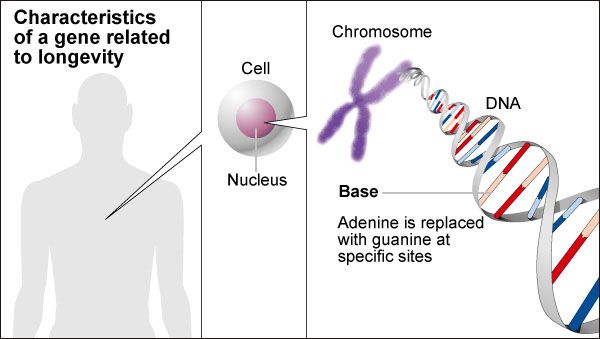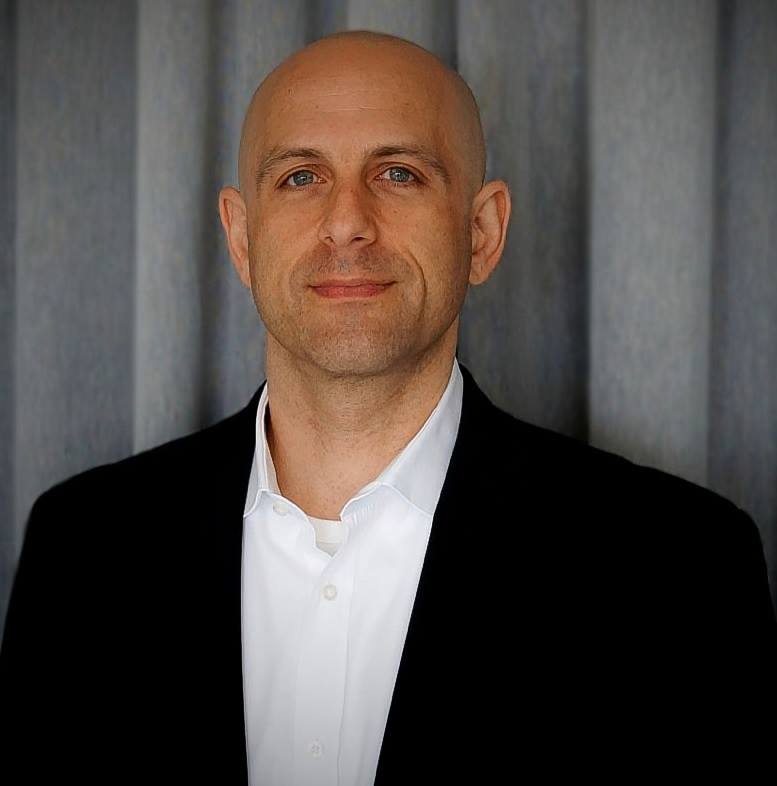Increasing autophagy in macrophages is a promising avenue of research aiming at heart disease and other age-related diseaeses.
Today we thought it was a good time to take a look at a new study that demonstrates that increasing autophagy is a good approach to slowing aging and could be the foundation for a variety of therapies to treat age-related diseases.
What is Autophagy?
Autophagy is an intracellular degradation system that delivers unwanted cell components to a type of cellular garbage disposal system, known as the lysosome. The lysosome uses powerful enzymes that break down the unwanted material for recycling. However, as we age the lysosomes become clogged up with materials that are so fused together not even the potent enzymes can destroy them and this causes the lysosomes to become dysfunctional and eventually the cell dies. This is a particular problem for long lived cells with a very low rate of replacement such as the heart, the back of the eye, nerve cells and other cells that rarely divide if at all. Ultimately as more and more cells become dysfunctional over time due to lysosome dysfunction, tissue function become impaired and age-related disease sets in.





